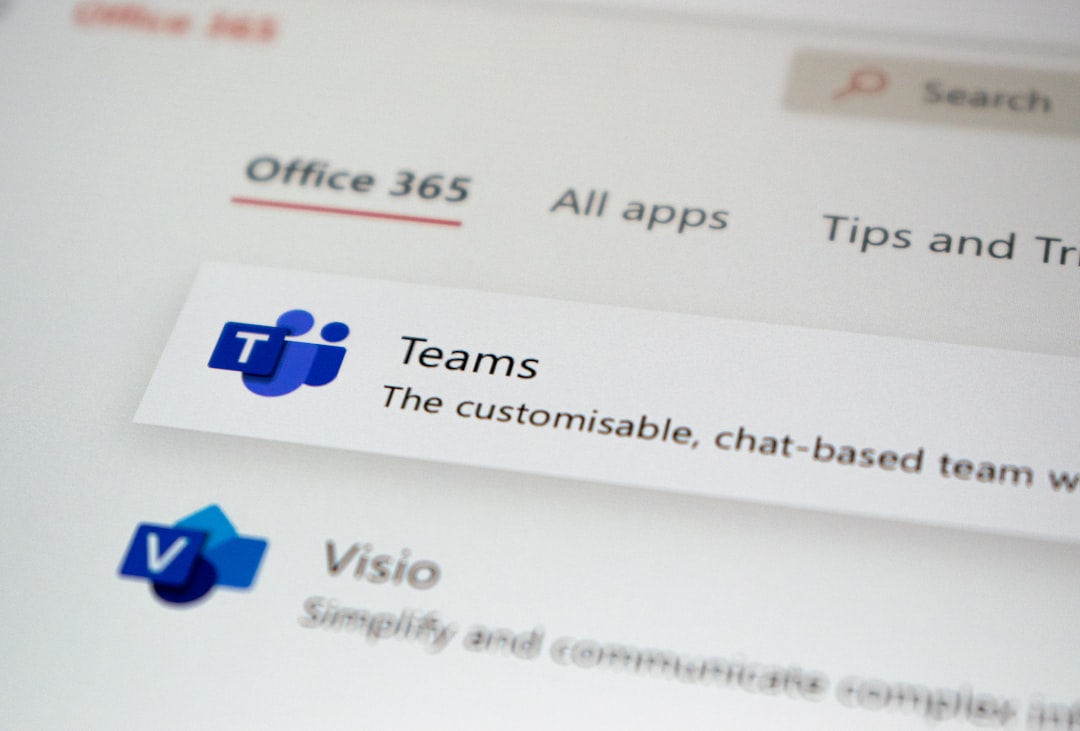Cybersecurity in 2025 is no longer just a matter of having the right antivirus software or remembering to update your devices. As threats become more sophisticated and attackers more organized, adopting a proactive mindset is crucial. One of the most effective strategies to protect yourself and your digital assets today is to *think like a hacker*. By putting yourself in the hacker’s shoes, you can spot vulnerabilities, anticipate attacks, and fortify your defenses.
Understanding the Modern Hacker’s Mentality
The first step in understanding how to outsmart a hacker is knowing what motivates them. Cybercriminals in 2025 are not just lone individuals working from dark basements. They are often part of well-funded ecosystems ranging from ideological hacktivists to profit-driven cyber syndicates. Their strategies are adaptive, subtle, and disturbingly effective.
Common motivations include:
- Financial Gain: Stolen credentials, ransomware demands, and banking fraud remain the top drivers.
- Political agendas: Governments are frequent targets, and collateral data from civilians is often swept up.
- Corporate espionage: Trade secrets and intellectual property are goldmines for competitors or state-sponsored hackers.
- Reputation damage or chaos: Some attackers aim to destabilize systems or ruin reputations for ideological or psychological reasons.
Knowing these motives helps you to better predict what data or systems may be targeted in your network or business.
Entry Points: Where They Strike
If you were an attacker, how would you break into a system? Most hackers exploit the path of least resistance. In 2025, these typically include:
- Social Engineering: Humans are still the weakest link. Phishing, business email compromises, and deepfake scams are increasingly effective.
- Outdated Software: Vulnerabilities in unpatched applications continue to be entry points.
- Weak Authentication: Password reuse and lack of two-factor authentication remain alarmingly common.
- Publicly Available Data: Hackers utilize publicly posted information from social media or breached databases to craft convincing attacks.

Consider what information you or your organization make available online. Could a hacker use your LinkedIn bio or company org chart to target you or your department with a believable phishing email? Probably. That’s precisely why *thinking like an attacker* can give you the advantage.
Building a Hacker’s Toolkit—for the Right Reasons
You don’t need to become a hacker to think like one, but you should understand their tools. Ethical hackers use the same systems and processes that malicious ones do to discover weaknesses in networks. These tools include:
- Packet sniffers to monitor unencrypted traffic
- Port scanners like Nmap to find open and vulnerable ports
- Phishing simulators to train and test employee awareness
- Password crackers like Hashcat to test real-world password strength
Employing these tools or investing in cybersecurity consultants who use them can dramatically increase your resilience. In short, you want to find your own weaknesses—before a hacker does.
Cyber Hygiene with a Hacker’s Mindset
Now that you understand how hackers think and act, it’s time to apply this knowledge to your everyday cyber hygiene. Ask yourself questions like:
- “If someone got access to this email, what else could they access?”
- “Could this attachment or link be fake?”
- “Is this software vendor legitimate and up to date?”
- “Would multi-factor authentication block this type of attack?”
Being paranoid isn’t the goal—being prepared is. In 2025, *cyber vigilance is not optional*; it’s your digital equivalent of locking all your doors and checking the windows each night. The era of blind trust is well over.

Continuous Learning: Adapt or Be Exploited
Hackers evolve, and so should you. The threats you face today aren’t the same ones from a year ago. Threat models change, and new techniques such as malicious AI-generated content and synthetic identity fraud are emerging every quarter.
Stay informed:
- Follow cybersecurity thought leaders and threat intelligence platforms
- Implement regular security awareness training for yourself and your team
- Participate in phishing drills and vulnerability assessments
By continuously updating your defenses and adopting a penetration tester’s mindset, you remain agile and harder to exploit. Don’t just play defense—*predict, prevent, and prevail*.
Final Thoughts
2025’s digital landscape is rich with opportunity—and danger. To stay ahead of malicious actors, it’s critical to start thinking like them. Empathy may seem like a strange concept in cybersecurity, but when you understand the intruder’s thought process, you can build better walls—and more importantly—smarter ones. Put yourself in the mind of a hacker, not to join them, but to ensure they never get past you.